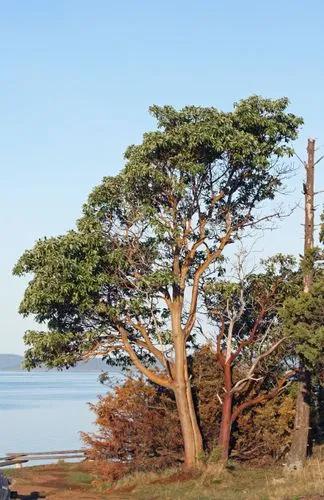Quercus coccinea, the scarlet oak, is an oak in the red oak section Quercus sect. Lobatae. The scarlet oak can be mistaken for the pin oak, the black oak, or occasionally the red oak. On scarlet oak the sinuses between lobes are "C"-shaped in comparison to pin oak (Q. palustris), which has "U"-shaped sinuses and the acorns are half covered by a deep cap.
Scarlet Oak Care
Quercus Coccinea



Quercus coccinea is a medium-large deciduous tree growing to 20–30 m (67–100 feet) tall with an open, rounded crown.
The leaves are glossy green, 7–17 cm (2.8–6.8 inches) long and 8–13 cm (3.2–5.2 inches) broad, lobed, with seven lobes, and deep sinuses between the lobes. Each lobe has 3–7 bristle-tipped teeth. The leaf is hairless (unlike the related pin oak, which has tufts of pale orange-brown down where the lobe veins join the central vein). The common English name is derived from the autumn coloration of the foliage, which generally becomes bright scarlet; in contrast, pin oak foliage generally turns bronze in autumn.
The acorns are ovate, 7–13 mm broad and 17–31 mm long, a third to a half covered in a deep cup, green maturing pale brown about 18 months after pollination; the kernel is very bitter.
How to Care for the Plant

Popularity

221 people already have this plant 15 people have added this plant to their wishlists
Discover more plants with the list below
Popular articles






